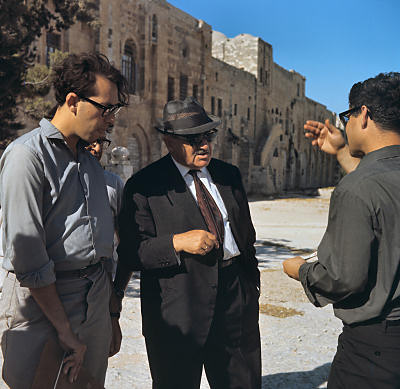The Guardian has an article ostensibly about Jerusalem, but which seems to have been the result of a tour with archaeologist Gabriel Barkay. This is one of those articles that reminds you not to believe everything that you read. Among the errors in the first two paragraphs, Barkay worked in Silwan (not the City of David) in 1968-1970 (not in the 1970s) conducting a survey (not an excavation).
The author writes, “In the 1970s, he led a group of school children on a tour of first Temple tombs above the Valley of Hinnom….” The year was 1979 and he was conducting an archaeological excavation, not leading a tour. Some school children did join the excavation as volunteers, but I can hardly imagine Barkay leading some tour when “one of the pupils started hammering at a stone slab which suddenly gave way” – yikes! Not exactly how one should do archaeology, but, of course, it didn’t happen that way at all. Instead of this sloppy journalism, I recommend an article on Barkay that was published last year in Haaretz starting here and continuing here.

One thought on “Jerusalem Archaeology and Gabriel Barkay”
I’ve been asked to clarify what I wrote about the part of the story. The story says:
“Barkay can also lay claim to finding the oldest known Biblical text to date. In the 1970s, he led a group of school children on a tour of first Temple tombs above the Valley of Hinnom. One of the pupils started hammering at a stone slab which suddenly gave way to reveal over 1,000 items buried with a corpse.”
My response: The impression given here is that Barkay was walking along with students in tow when one of the students started pounding on a rock. The article doesn’t give the impression that 1) this was an organized excavation; 2) the student was given a particular job to do; 3) the “stone slab” was believed to be the tomb’s floor which the student was assigned to clean but did so too aggressively. My comment in response was “Not exactly how one should do archaeology, but, of course, it didn’t happen that way at all.” By which I mean, it was an organized, planned, and responsible excavation.